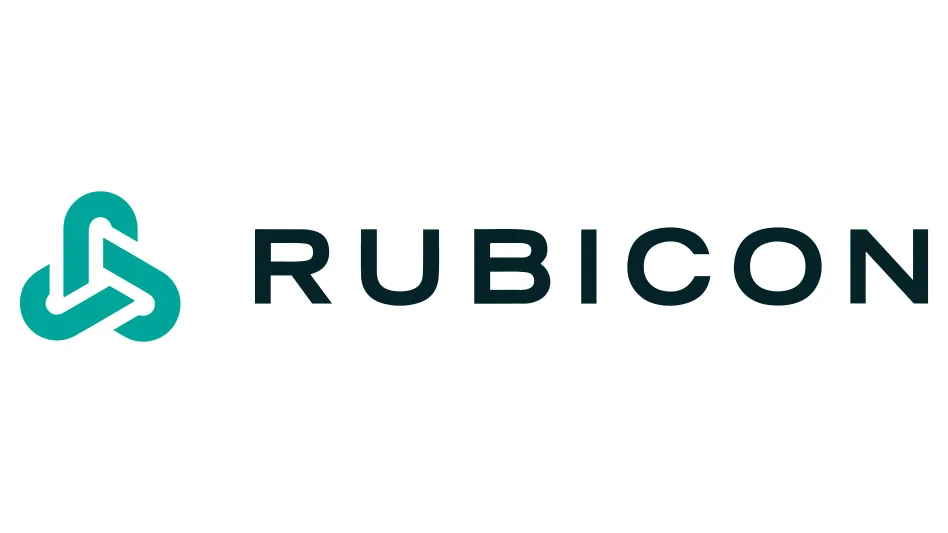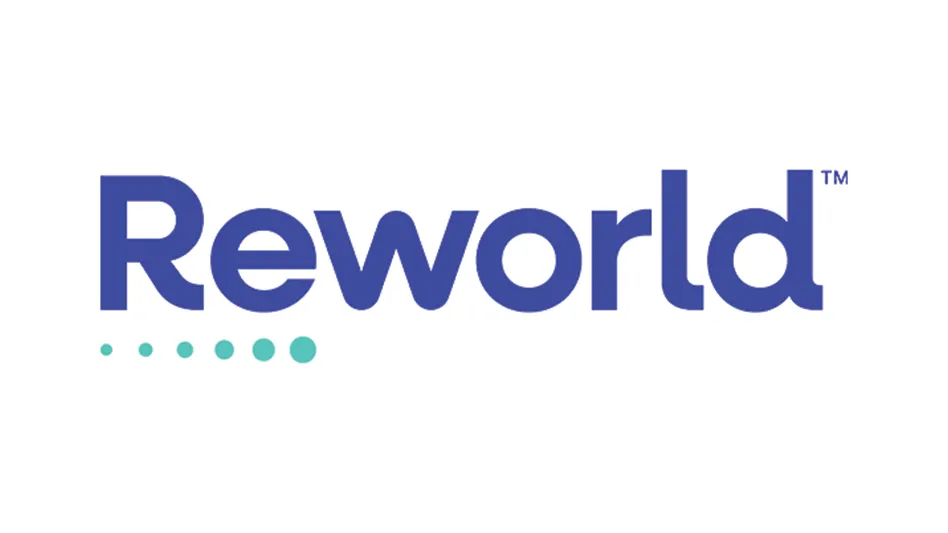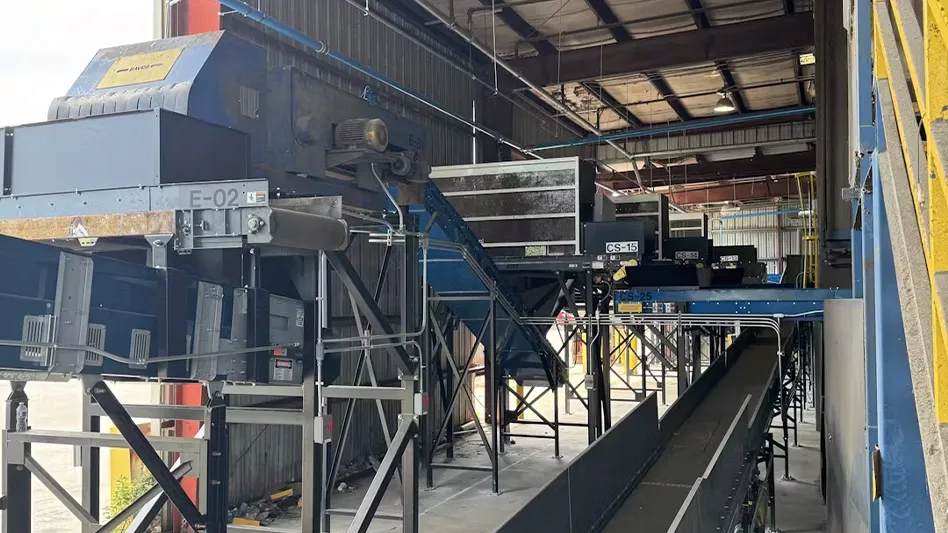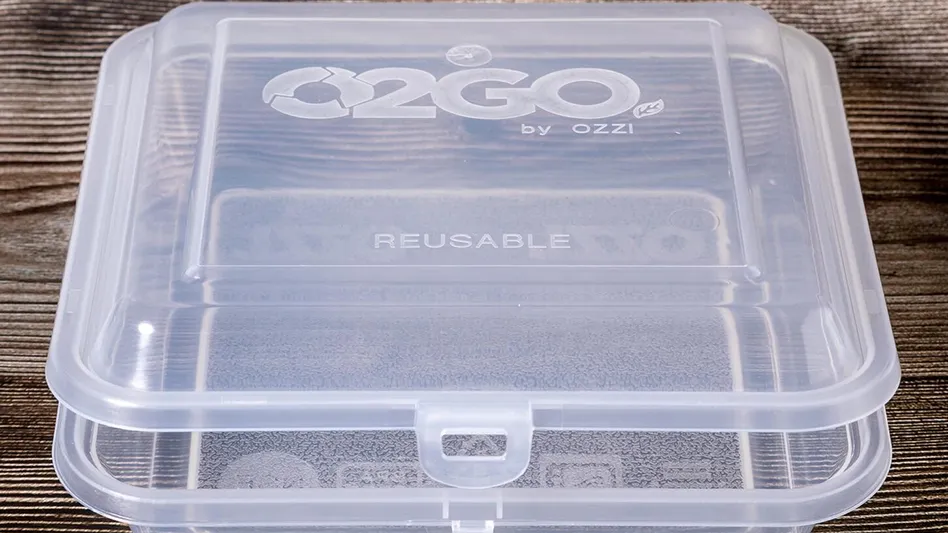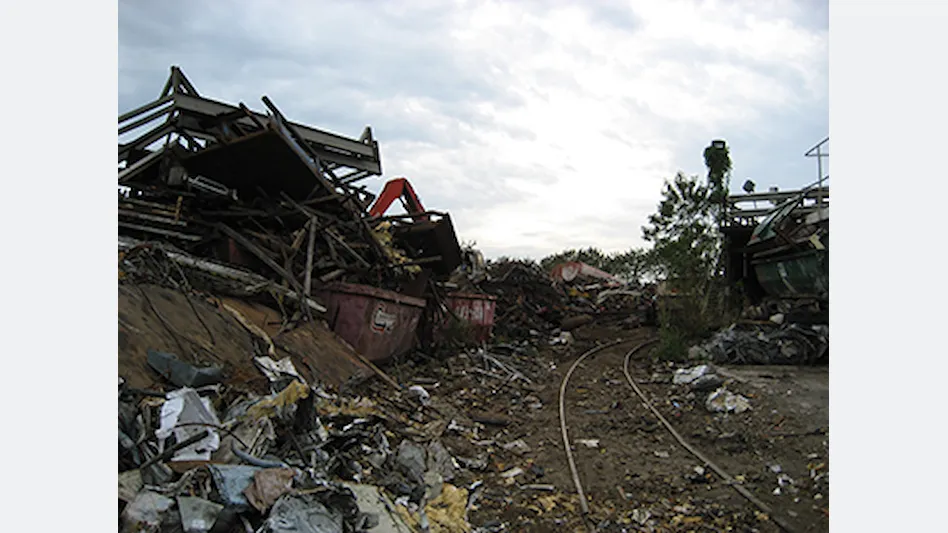
Speakers at the 2013 Institute of Scrap Recycling Industries Inc. (ISRI) Convention & Exposition addressed the changing nature of ferrous scrap markets during the Spotlight on Ferrous session, held April 11.
Phillip Hoffman, vice president of U.S. ferrous scrap trading for Medtrade, the U.S. subsidiary of Turkish steel producer Colakoglu Metaluji, said 1.56 billion metric tons of steel were produced worldwide in 2012 using 579 million metric tons of ferrous scrap. He added that U.S. scrap exports account for nearly 21 percent of this material, with nearly 20.90 percent of scrapped shipped from the U.S. destined for China.
Turkey is another popular overseas destination for U.S.-generated ferrous scrap, with Hoffman saying 27 percent of scrap imports to the country are from the United States. Russia and the European Union made up the difference, he added.
Turkey continues to add steelmaking capacity, despite excess industry capacity on a global scale, Hoffman added.
In terms of the U.S. market, he said 10 scrap processors control 63 percent of the market, while four processors control 40 percent of the seaborne trade.
Sachin Shivaram, general manager, metallics purchasing for the steel company Severstal NA, Chicago, spoke about his company’s approach to purchasing ferrous scrap for its operations, which ships some 5.5 million metric tons of steel per year and purchases 3.5 million metric tons of scrap metals.
Shivaram said the company’s ferrous scrap purchases are guided by steel pricing, with Severstal preferring to purchase material consistently throughout the month rather than at the beginning or end of the month. “The impression now is if I buy scrap mid-month, I am desperate for scrap,” he said. “That is not the case.”
He told attendees, “If you are not selling scrap in the middle of the month, you are missing out on a dynamic market.” Shivaram added that there is value in having more chances to transact purchases throughout the month.
Some buyers and sellers of ferrous scrap have been using risk management tools to hedge their purchases. According to speaker Spencer Johnson of Intl-FCStone, New York City, ferrous scrap risk management has experienced considerable changes in the last 12 months with the advent of the CME U.S. Midwest scrap futures contract. While he said futures scrap contracts are not fully developed in terms of liquidity, he added that this creates both opportunity and risk for traders.
Johnson said that traders who take an opposite position in the physical market than they take in the future market risk the difference between the two prices.
In terms of pricing for No. 1 busheling scrap, he said he expects to see some backwardation between the present and the fourth quarter of the year, but that prices should pick up later. He also predicted increasing volatility.
During the Q&A portion of the session the topic of shredder overcapacity was raised by an attendee. Hoffman said there was no doubt that the number of shredders and scrap yards were increasing, causing competition to heat up among yards and squeezing margins. As a result, he said the spoke-and-hub approach to shredder operations may be giving way to smaller, portable shredders.
Shivaram added that he felt the market was reaching saturation, adding that shredder operators are right to put in capacity in an effort to maximize freight.
The 2013 ISRI Convention & Exposition was April 9-13 in Orlando, Fla.
Latest from Recycling Today
- Novelis quarterly, full-year net sales down; CEO reports ‘strong improvements’
- Meeting the decarbonization challenge
- Cyclic Materials expands leadership team
- Paper cup acceptance at US mills reaches new milestone
- EPA announces $3B to replace lead service lines
- AMCS showcasing Performance Sustainability Suite at WasteExpo
- New Way and Hyzon unveil first hydrogen fuel cell refuse truck
- Origin Materials introduces tethered PET beverage cap
